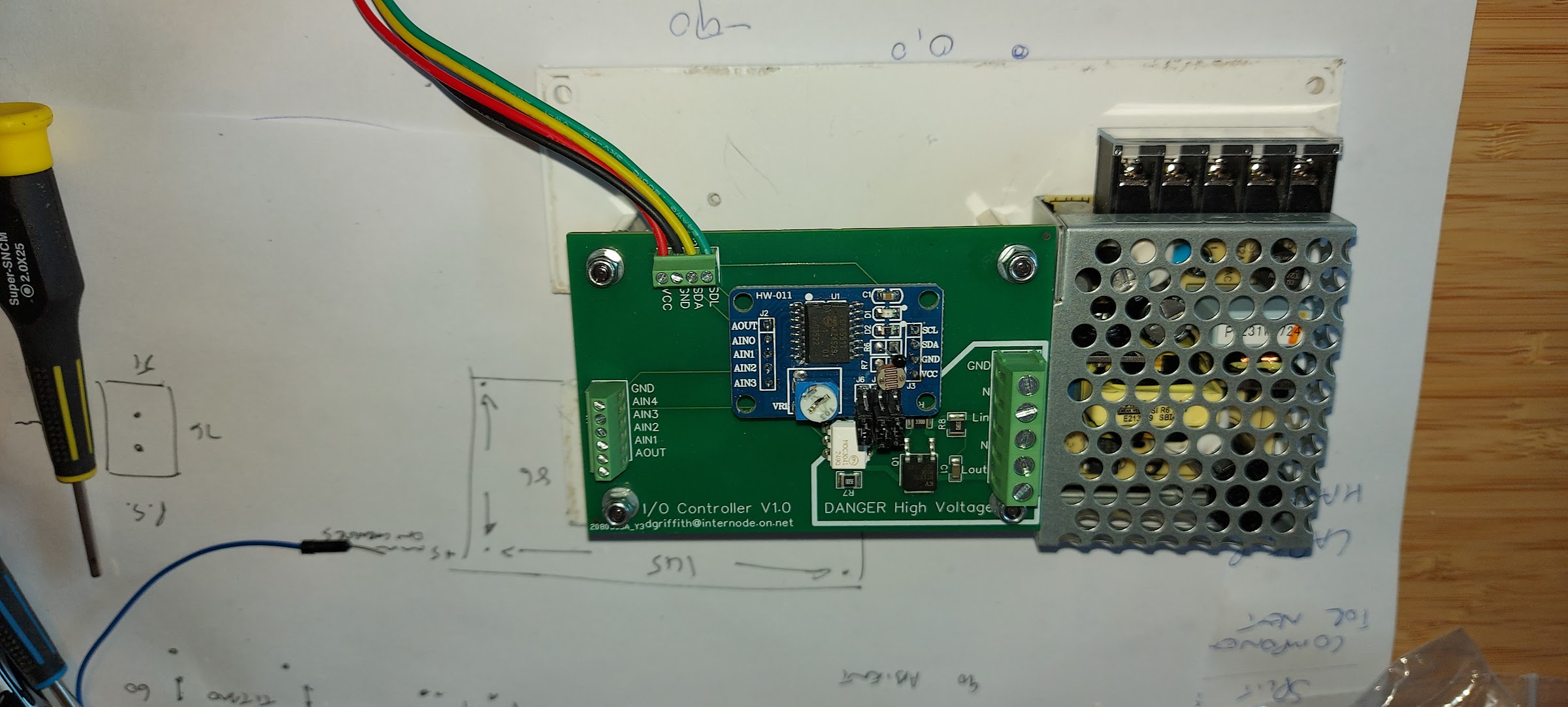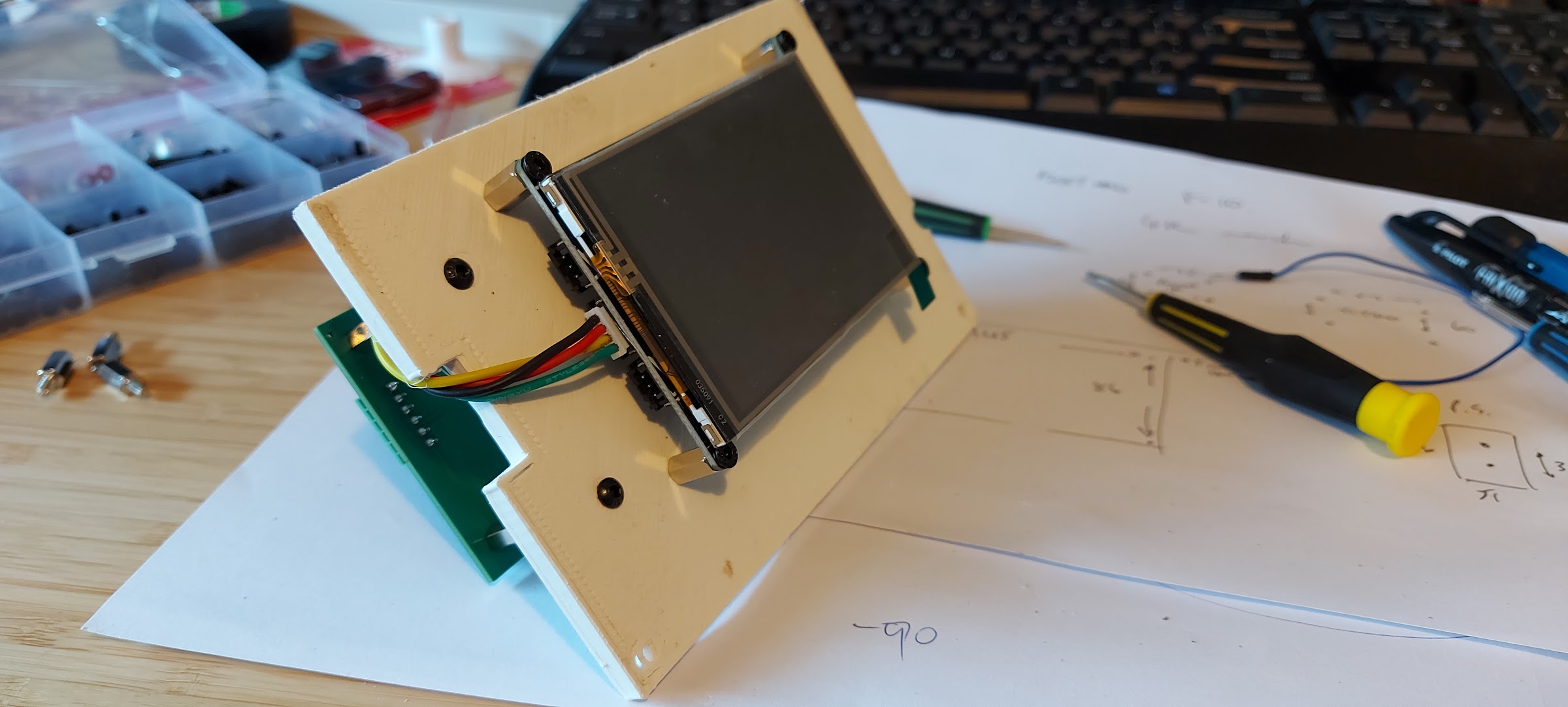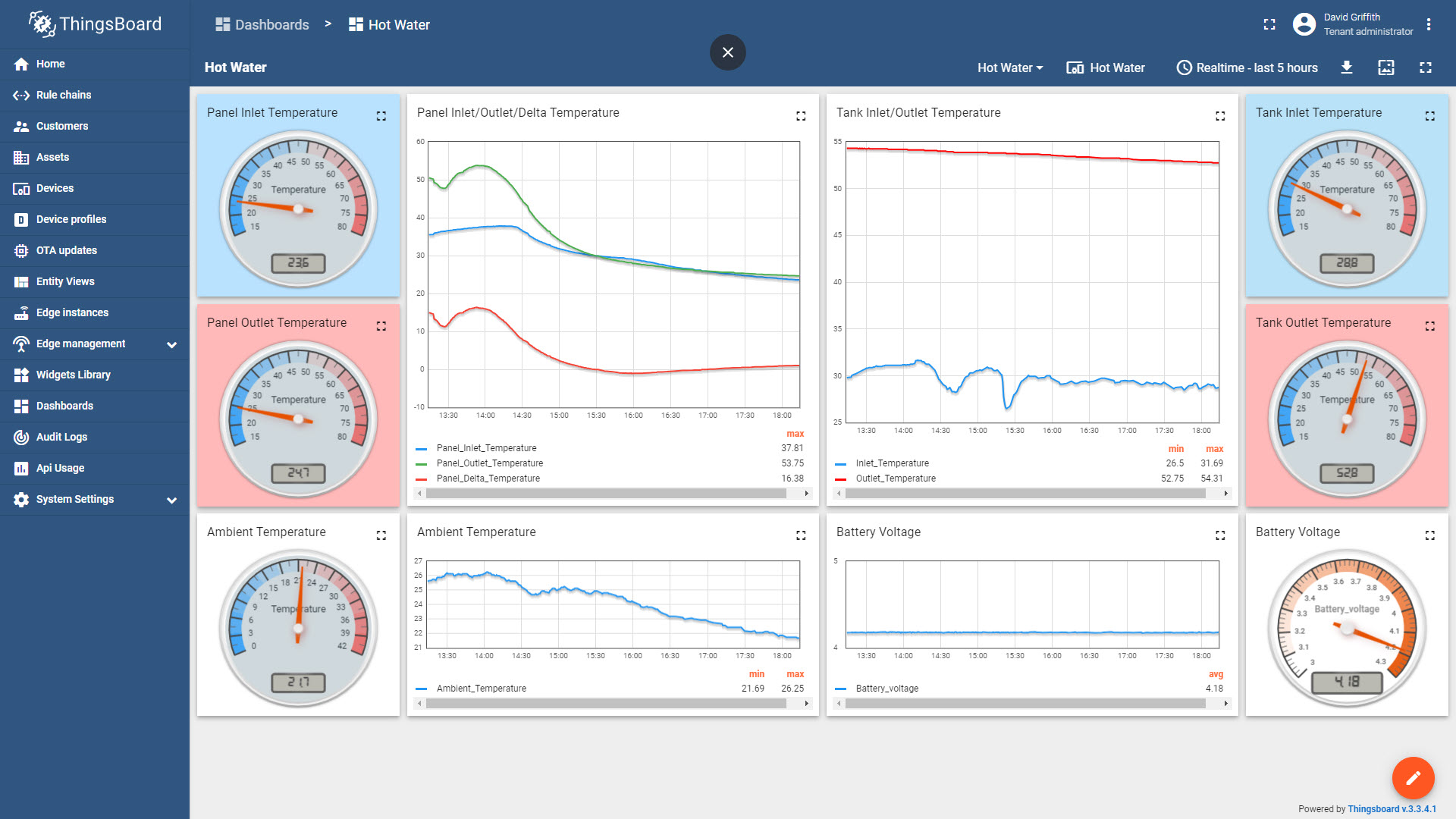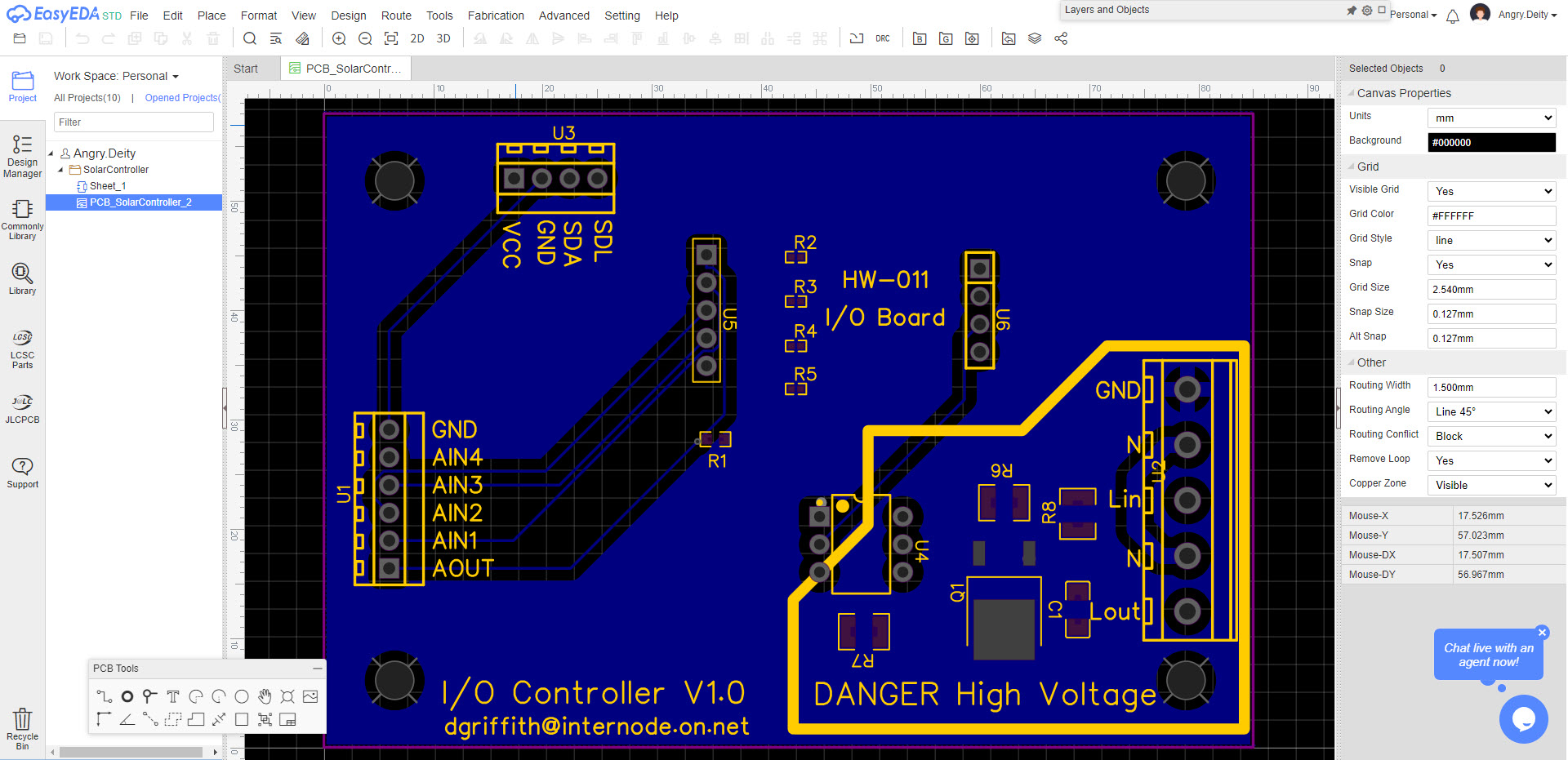As another poster has mentioned, M-Discs are written using a Blu-ray writer and are good for a few hundred years, in theory.
dgriffith
Blu-Ray USB drive and M-Discs is about the best you can get at present. Keep the drive unplugged when not in use, it'll probably last 10-20 years in storage.
Seeing as there hasn't been much advance past Blu-ray, keep an eye out for something useful to replace it in the future, or at least get another drive when you notice them becoming scarce.
90% of users when they are presented with the UAC popup when they do something:
"Yes yes whateverrr"
Never understood why smartphones are so super bright by default.
Because they have to compete with 50k lux outside and then scale to 600 lux indoors, then down to just to a few lux in a darkened room.
Perhaps the brightness slider needs to be more logarithmic so you can slide from 0.001 percent to 100 percent more easily.
I've got photos in Flickr dating from 1999 onwards. Ten thousand or so of them, and a couple of the early ones are now corrupted.
But they are my "other backup" for Google photos so I don't mind too much. I also have a USB Blu-ray drive at home that I use to periodically burn M-Discs that I hand out to a few relatives.
That's about as good as I can conveniently do for backup, and it's probably better than the single-point-of-failure box of negatives that my parents have in their cupboard.
when they're powered down.
There's no periodic cell refresh in flash memory like there is in DRAM. When USB sticks are plugged in, all you are doing is powering up the flash chip and interface ICs.
You'd have to read a block then write it back to actually refresh the stored charges in the cells.
I've commented on this previously, but this is essentially either a hit piece, or very poor reporting on Reuters' part.
Basically nobody looks at raw numbers for injury statistics. It's normalised to injures per million man hours worked, and when you take some conservative estimates on the size of SpaceX's workforce and the time periods involved, you find that they land pretty much in the middle of current "heavy industry" injury rates.
But it surrrre does look bad if you look at the raw numbers, just like if you looked at the combined raw numbers of, say, 10 steel mills across the country.
Permalink to my previous, much longer, comment
If they're so legit, they should be happy to share the footage.
Put the moral implications aside for a second and translate their actions to any other business. The business being ok with sharing the footage obtained via trespass implies that they're also ok with trespass.
That's a legal minefield no business wants to get into and out has knock-on effects. If employees are identifiable and haven't given consent - and they are not in a public place , working in a private area - then that's another headache.
If they use proprietary methods or equipment it gives a chance for competitors to gain insight and possibly an advantage if they happen to view those methods.
There are health and safety requirements as well. Regardless of who is on their site, they have a duty of care to protect them from hazards. Having people on site that aren't aware of safety processes (and processes in general) isn't great. If the trespassers method of entry was relatively easy, it means that protections that stop the general clueless public aren't the best either, and that puts them in hot water with safety regulators.
So basically, no legal counsel will tell the business, "sure, let them show the footage they illegally obtained, it'll be fine". They have to resist it, regardless of whether it's a shining example of best practice or not.
Blocking children from online communities
These are adult online communities. They are not communities for children. My Facebook feed is not something I would like a child to see or interact with, and I would consider it pretty tame. Algorithmic feeds that amplify minor / random views into a torrent of reinforcement is not what kids - or adults, actually - need.
I don't think there's anything commercially available that can do it.
However, as an experiment, you could:
- Get a group of photos from a burst shot
- Encode them as individual frames using a modern video codec using, eg VLC.
- See what kind of file size you get with the resulting video output.
- See what artifacts are introduced when you play with encoder settings.
You could probably/eventually script this kind of operation if you have software that can automatically identify and group images.
Dammit now I have to reduce the block size of my discord-based cold storage filesystem.





There's no guarantee that the software will ever be updated to something that the user finds usable though.
Google could just one day go "meh, we don't think folding displays are where we want to be right now", and - ta-da! - you're left with a folding doorstop and Google's got yet another entry on the "killed by Google" list.